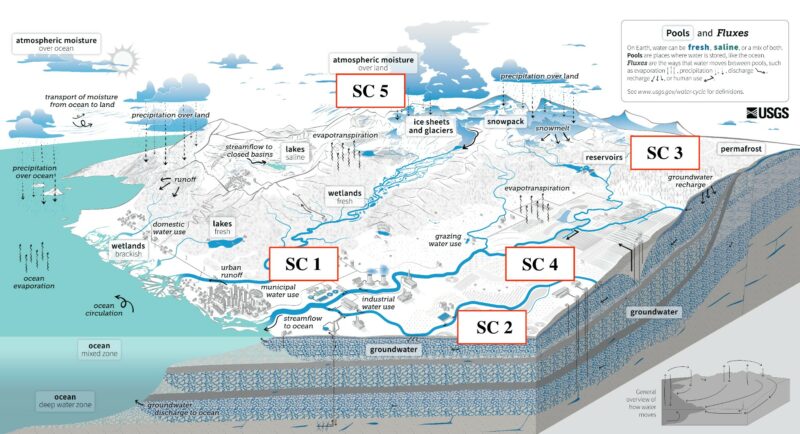April 2025
Defining the Science Cases in WP6
Based on the outcomes of the Round Robin exercise and hydrological modelling activities in Work Package 5 (WP5), the project has identified five core science cases (SC), each addressing a key water-related challenge across different regions: SC1: Forecasting extreme streamflow in the Rhine River Basin – led by FZJ, SC2: Simulating soil-moisture droughts in Europe – led by UFZ, SC3: Assessing the added value of Earth Observation (EO) products for simulating reservoir operations and their impacts on hydropower potential and water, resources in the Tugela River Basin – led by UU, SC4: Improving water and irrigation management in the Po River Basin – led by UPV, SC5: Achieving water balance closure across all regions – led by UT. Stay tuned for upcoming posts, where we will present the results of each science case and highlight key publications will be emerging from this work.

